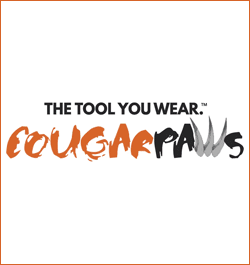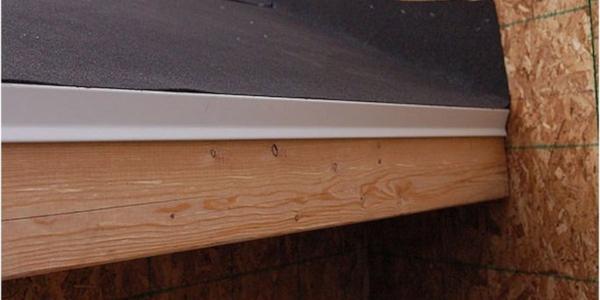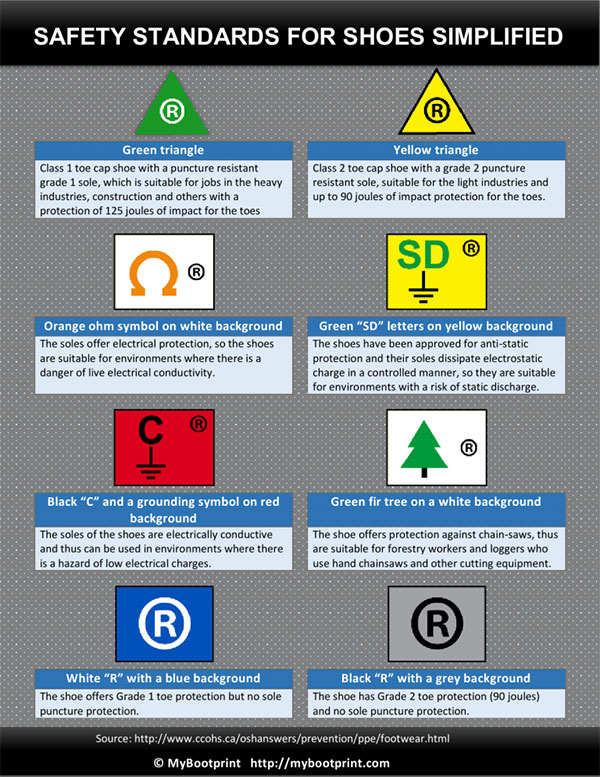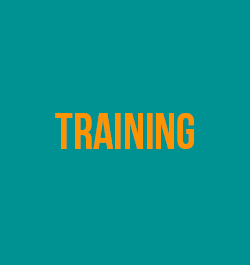Legal Aspects of Drone Use in Roofing

Roofing contractors using drones should be aware of the rules and legal issues surrounding their use.
By Trent Cotney, P.A. Construction Law Group
Ten years ago, when someone said the word “drone,” the first thing that came to mind was military predator drones flying over Afghanistan. Today, drones have a much broader definition and application. Roofers have started using small unmanned aircrafts commonly referred to as Small UAS for a variety of tasks including pre- and post-project inspections, estimates and takeoffs, and even infrared moisture analysis. Although nothing can replace getting up on a roof and viewing conditions in the field, drones allow roofers to safely inspect, estimate and market roofs.
The purpose of this article is to explain some of the new Federal Aviation Administration (FAA) requirements for the use of drones in roofing as well as address several of the legal issues surrounding the use of drones.
Mitigating Risk: Limitations in the Commercial Sector
The Federal Aviation Administration (“FAA”) together with the Office of the Secretary of Transportation (“OST”) and Department of Transportation (“DOT”) issued a recent rule on August 29, 2016 that impacts the commercial use of drones. The federal government primarily was concerned about privacy and security issues and codified these concerns in 14 CFR Part 107 commonly referred to as the Part 107 waiver. To mitigate the potential risk associated with drone use, the operation of a Small UAS has been limited to: flight during the day, within line-of-sight, class G airspace, under 400 feet, at or below 100 mph, yield right of way to manned aircraft, not flying over people, and not flying from a moving vehicle.i However, the FAA explains that these operation rules can be subject to waiver.ii The waiver allows for deviation from the operating rules so long as the operation can still be performed “safely.”iii For example, a waiver could be obtained where the building a roofing contractor seeks to inspect is over 400 feet tall.
In addition, FAA requires Small UAS to weigh less than 55 pounds and must be registered.iv The individual who is operating the Small UAS also is required: to be at least 16 years old, must pass an initial aeronautical knowledge test, and must be vetted by the Transportation Security Administration (“TSA”).v
Federal Application and Exemption Process
In order to fully comply with FAA Regulations, the individual or business would have to register the drone and either obtain a certification to fly the drone or file for an exemption with the FAA.
Registration of Drone
To use a drone, the first step is registering the drone with the FAA.vi It is important to register the drone because if the drone required registration but was not, there is a risk of civil and criminal penalties.vii As stated, the drone must be less than 55 pounds and undergo a pre-flight check to make sure that the drones can be safely operated.viii
State Statutes
Aside from complying with Federal Regulations, roofers should be mindful of State specific statutes. For example, Florida Statute 934.50, a.k.a. the “Freedom from Unwarranted Surveillance Act,” governs the use of drones in Florida and explains that there is a reasonable expectation of privacy on a person’s property which limits drone usage.
Under the statute, consent is required for use of a drone on someone else’s property or air space. Florida Statute 934.50(3) explains that a drone cannot be used as surveillance or to capture images that would violate a person’s “reasonable expectation of privacy.”ix
Similarly, many other states have statutes which limit the use of drones for public safety and privacy concerns. Texas Government Code Section 423.002(a) prohibits the use of drones for the purposes of capturing images. However, there are a variety of exceptions including if consent is granted by the owner. Like many other states, there can be both civil and criminal penalties for the unlawful use of drones in Texas.
Protecting Yourself Contractually
Prior to using drones, roofers should consider revising their contracts to include a variety of provisions that could protect them in the event of an accident using a drone or a claim that the drone use is improper. First and foremost, the contract between the roofer and its customer should contain a provision that provides that the roofer has been given express written consent for the use of drones and capturing of images relating to the roofing system. For example:
Customer hereby consents to the use of drones or Small UAS by roofing contractor for the purpose of capturing still, live and recorded images of your real property and the roofing system for marketing, estimating and inspections. Customer shall allow roofing contractor to reproduce any captured images for permitting, marketing or other lawful purposes. In addition, Customer expressly waives any claim Customer may have as to a violation of privacy rights or any claim of nuisance caused by the use of drones or Small UAS.
Similarly, a roofer should consider whether it wants to limit its liability in the event a drone malfunctions. Some roofing contractors have created subsidiary companies to operate the drones in the event a crash does occur. Another option would be to insert a disclaimer of liability in contracts that could absolve the roofer of liability in the event damage is caused by the use of drones. For example:
Customer recognizes the cost savings in the price of this project with the use of drones or Small UAS. As a result, roofing contractor disclaims all liability for actual, direct, indirect, incidental, compensatory or consequential damages and assumes no responsibility or liability for any loss or damages suffered by any person or caused to real or personal property, regardless of whether the damage was caused in whole or in part by the use of drones or UAS, and Customer shall indemnify, defend and hold harmless roofing contractor from any damage caused by the use of drones or UAS on this project.x
Obviously, getting any homeowner or customer to agree to this provision will be a challenge. From a more practical standpoint, the roofer should contact their general liability carrier or drone/UAS insurer to determine the extent of coverage and verify that they are covered in the event of a drone crash.
Conclusion
Although the use of drones in the commercial arena is heavily regulated, they can be a cost saving and ingenious way to market and promote your company. The FAA and other federal government agencies will continue to issue new rules and advisory opinions on drones similar to the recent August 29, 2016 final rule. Roofers should also closely monitor their state laws on drone usage and the many proposed changes to local rules and laws governing unmanned aircraft.
While drones are currently being used for inspections, estimating and marketing, in the near future, we could see the use of drones for roof topping materials, providing detailed water intrusion analysis with the use of special lenses, and even replacing ladders as a means of ingress and egress for crew members. How long will it be before drones are replacing shingles on steep slope roofs? For this reason, it is important that roofers take part in the discussions with both state and federal governments to ensure that their voice is heard. I will be speaking on this topic at this year’s Best of Success conference for roofers in Marco Island, Florida and hope to see you there.
Author’s note: The information contained in this article is for general educational information only. This information does not constitute legal advice, is not intended to constitute legal advice, nor should it be relied upon as legal advice for your specific factual pattern or situation.
Trent Cotney is a Florida Bar Board Certified Construction Lawyer, General Counsel and a director of the Florida Roofing & Sheet Metal Contractors Association (FRSA), the Treasurer of the West Coast Roofing Contractors Association (WCRCA), a member of NRCA, NWIR and several other roofing associations. For more information, contact the author at 813-579-3278 or http://trentcotney.com/.
.








-2.png)













Comments
Leave a Reply
Have an account? Login to leave a comment!
Sign In